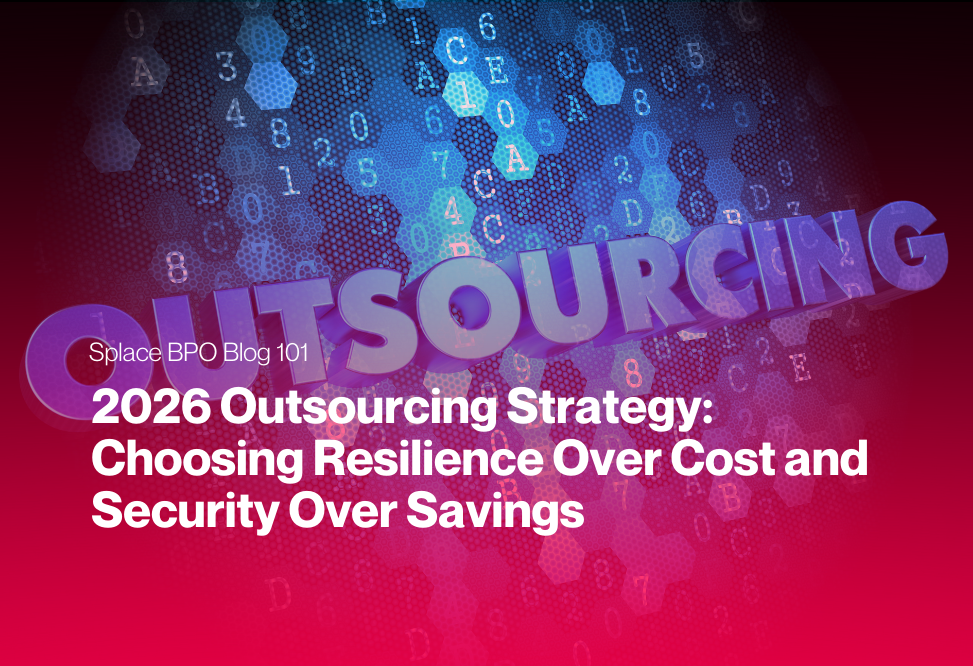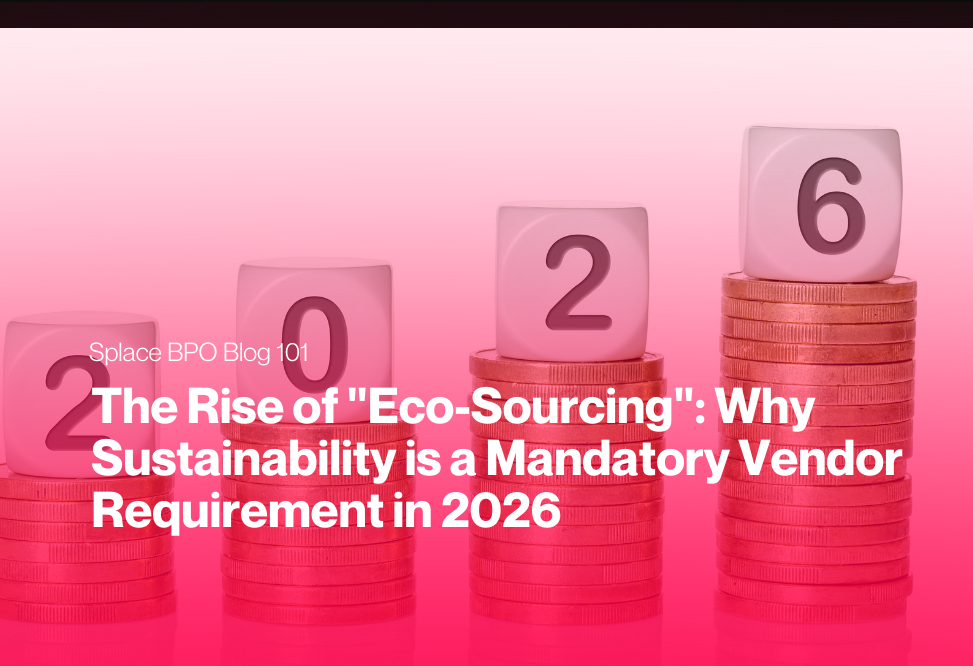Timing is everything, especially when it comes to sending that email or update. You might have the perfect message, but if it lands in someone’s inbox at the wrong time, it could end up buried or overlooked. So, how do you make sure your communication hits when it's most likely to get noticed and acted upon? Whether you're coordinating with a global team, sending a report to a client, or just trying to get a quick response, knowing the best time to hit “send” can make a world of difference. In this blog, we’ll explore why timing matters so much in the BPO industry and share some practical tips to help you get your message across effectively, every time.

Factors to Consider When Timing Your Communications
Time Zones
Given that BPOs often serve clients and work with teams across multiple regions, it's crucial to know when your audience is most active. For instance, sending an email at 3 PM Manila time to a client in New York may result in your message arriving just as they start their day. This timing increases the likelihood of your communication being among the first things they see, making it more likely to receive prompt attention. Conversely, sending an email when your recipient is off work may result in delays, with your message potentially getting lost in the shuffle of their morning inbox. To avoid such pitfalls, always take the time zone into account and aim to send your messages during your recipient's business hours.
Client Preferences
Each client is unique with distinct habits and preferences when it comes to communication. Some clients might prefer receiving detailed reports early in the morning. This allows them to start their day fully informed, while others might prefer updates later in the day when they have more time to review them thoroughly. Building a communication schedule that aligns with your client's preferences not only shows respect for their time but also enhances your interactions. To better understand these preferences, it’s useful to ask directly or observe response patterns. For instance, if a client frequently responds to emails in the early afternoon, that might be the optimal time to send them important information. Tailoring your communication to these preferences strengthens client relationships and ensures your messages are received and acted upon promptly.
Team Availability
Different teams within your organization might operate on varied schedules, depending on their roles, responsibilities, and time zones. For example, a night shift support team may be most responsive during the late hours, whereas the marketing team might be more active during regular business hours. Understanding these schedules is key to effective internal communication. Sending a task request when the relevant team is at its peak operational time increases the likelihood of a quick response and swift execution. Additionally, knowing when team members are available allows for better coordination of collaborative tasks, ensuring that everyone involved is on the same page and can contribute effectively.
Type of Communication
Urgent communications, such as crisis management updates or time-sensitive client requests, should be sent immediately, regardless of the hour,so that they are addressed as quickly as possible. On the other hand, non-urgent communications such as routine updates or informational newsletters, can be scheduled for times when they are more likely to be read without causing disruption. For example, sending a non-urgent project update at the end of the day may allow your recipient to review it when they have fewer immediate tasks on their plate. By aligning the timing of your communication with its urgency and importance, you can ensure that your message is received in the right context, leading to better outcomes.
Peak Productivity Hours
People naturally have periods during the day when they are most productive and focused. For many, this peak productivity period occurs in the late morning, after they have settled into their workday but before they are bogged down by afternoon fatigue. Sending emails or updates during these peak hours can increase the likelihood of your message being read and acted upon quickly. For instance, if you send an important document at 10 AM, it might be reviewed immediately, whereas the same document sent at 3 PM could be pushed to the next day. Understanding these productivity patterns allows you to time your communication for maximum impact, ensuring that your message is received when your recipient is most alert and capable of giving it the attention it deserves.
Best Times to Send Emails and Communications
While the best time to send communications can vary depending on the factors above, certain general principles can guide your decision:
Morning (9 AM - 11 AM)
This is typically the best time to send emails. Most people start their day by checking their inbox, making this window ideal for ensuring your message is one of the first they see. It’s especially effective if you’re communicating with clients or teams in the same or nearby time zones.
Early Afternoon (1 PM - 3 PM)
After lunch, many people check their emails again before diving back into work. Sending communications during this time can be effective, especially if your morning email didn’t get a response. It’s a good time to follow up or send additional information.
Late Afternoon (3 PM - 5 PM)
This period is suitable for less urgent communications. People are often winding down their day, so your email might not get immediate attention, but it can be a good time to send non-urgent updates or information that can be reviewed later.
Avoid Late Evening and Early Morning
Sending emails late at night or very early in the morning should generally be avoided unless absolutely necessary. These emails can get buried under the morning rush, and there’s a higher chance they’ll be overlooked.
Tools and Strategies for Optimal Timing
Email Scheduling Tools
Many email platforms allow you to schedule your messages. This feature is especially useful in BPO where you might be working outside of your recipient’s time zone. You can draft your email at any time and schedule it to be sent during your recipient's optimal hours.
Analytics and Insights
Use tools that provide insights into when your emails are opened or responded to. This data can help you refine your timing strategy, ensuring you send future communications at the best possible time.
Internal Communication Tools
For internal team communications, using platforms like Slack or Microsoft Teams can help you time messages effectively. These platforms often show when users are active, allowing you to tailor your communication accordingly.
Client-Specific Schedules
Keep a schedule of when each client prefers to receive updates or communications. This practice ensures you’re always sending information at the most convenient time for them.
Find that Best Timing!
Getting the timing right with your communications can truly make a difference in the BPO industry. Think about it! By paying attention to things like time zones, when your clients prefer to hear from you, when your team is most available, and when people are at their most productive, you can ensure your messages land exactly when they need to. Using tools like email scheduling and analytics can take your timing to the next level, helping you get better responses, work more efficiently, and keep your clients happier. In a business where every second counts, knowing the perfect moment to hit “send” can really set you apart and boost your success.
About SPLACE
SPLACE is a dynamic and innovative business process outsourcing company that offers a wide range of outsourcing services to businesses worldwide. With a focus on delivering high-quality solutions, virtual assistance, IT solutions, and exceptional customer service, SPLACE has established the company as a trusted outsourcing and call center service provider to companies across various industries.
SPLACE comprises experienced professionals who deliver customized and cost-effective solutions to meet every client's business needs. The company believes in the power of technology and innovation to drive growth and success, and its main focus is helping clients succeed in an ever-changing business landscape.
Clients looking for support in data management, customer service, virtual assistance, technical support, or any other outsourcing need can seek help from the SPLACE BPO firm.
If you are interested in Splace’s Business Process Outsourcing Solutions,
Email: ceo@splacebpo.com or call us at
US: +1 929 377 1049 CA: +1 778 653 5218 UK: +61 483 925 479 AU: +61 483 925 479 NZ: +64 9 801 1818
NL: +31 20 532 2142










